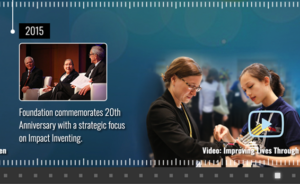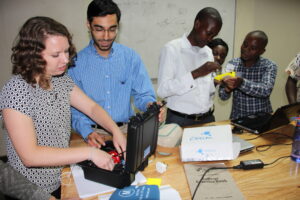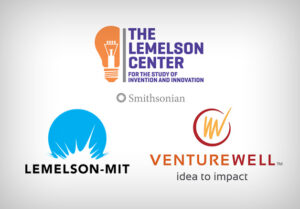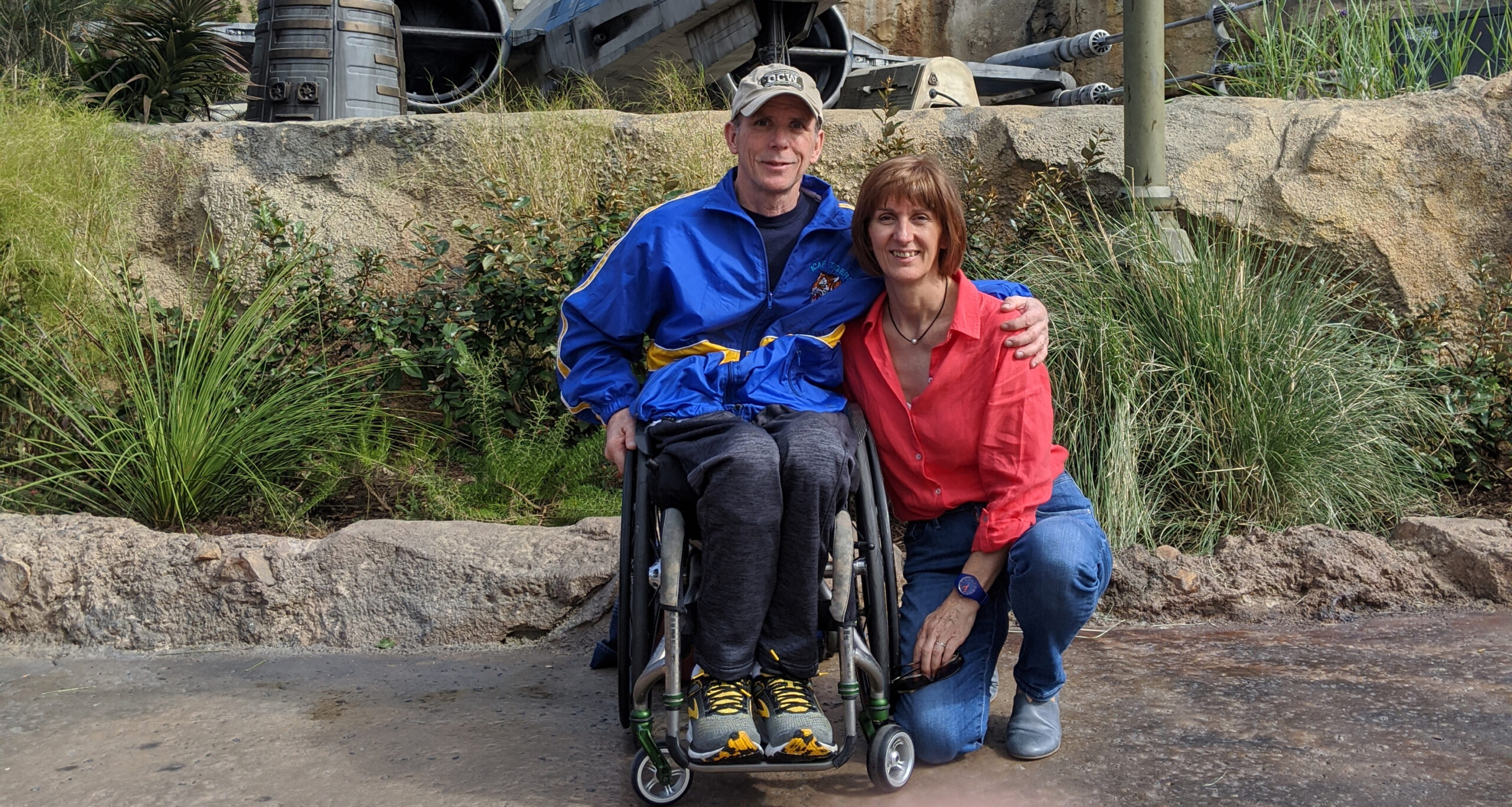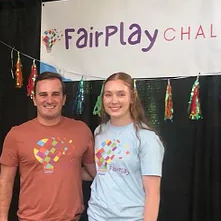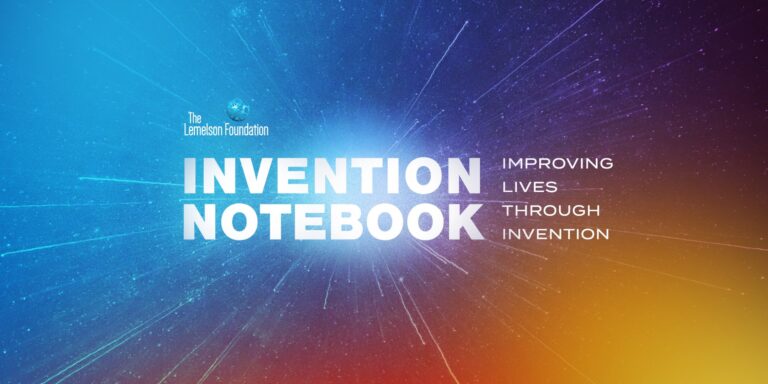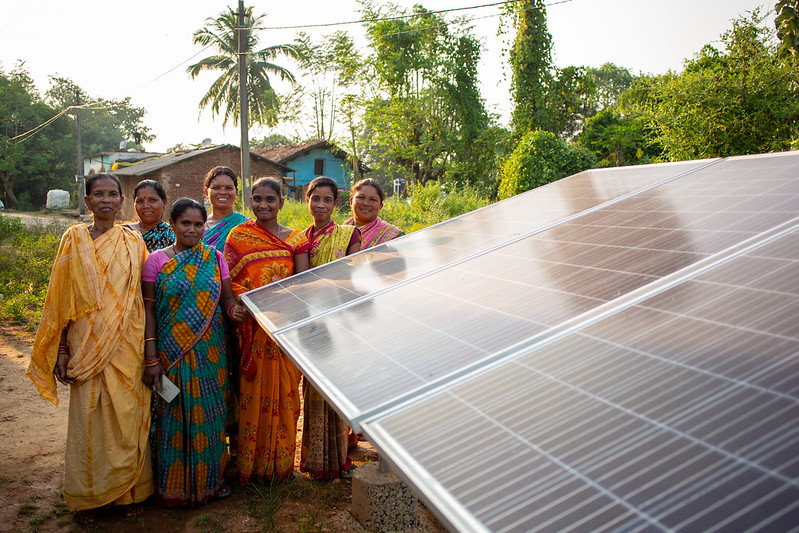From Waste to Wattage
min read
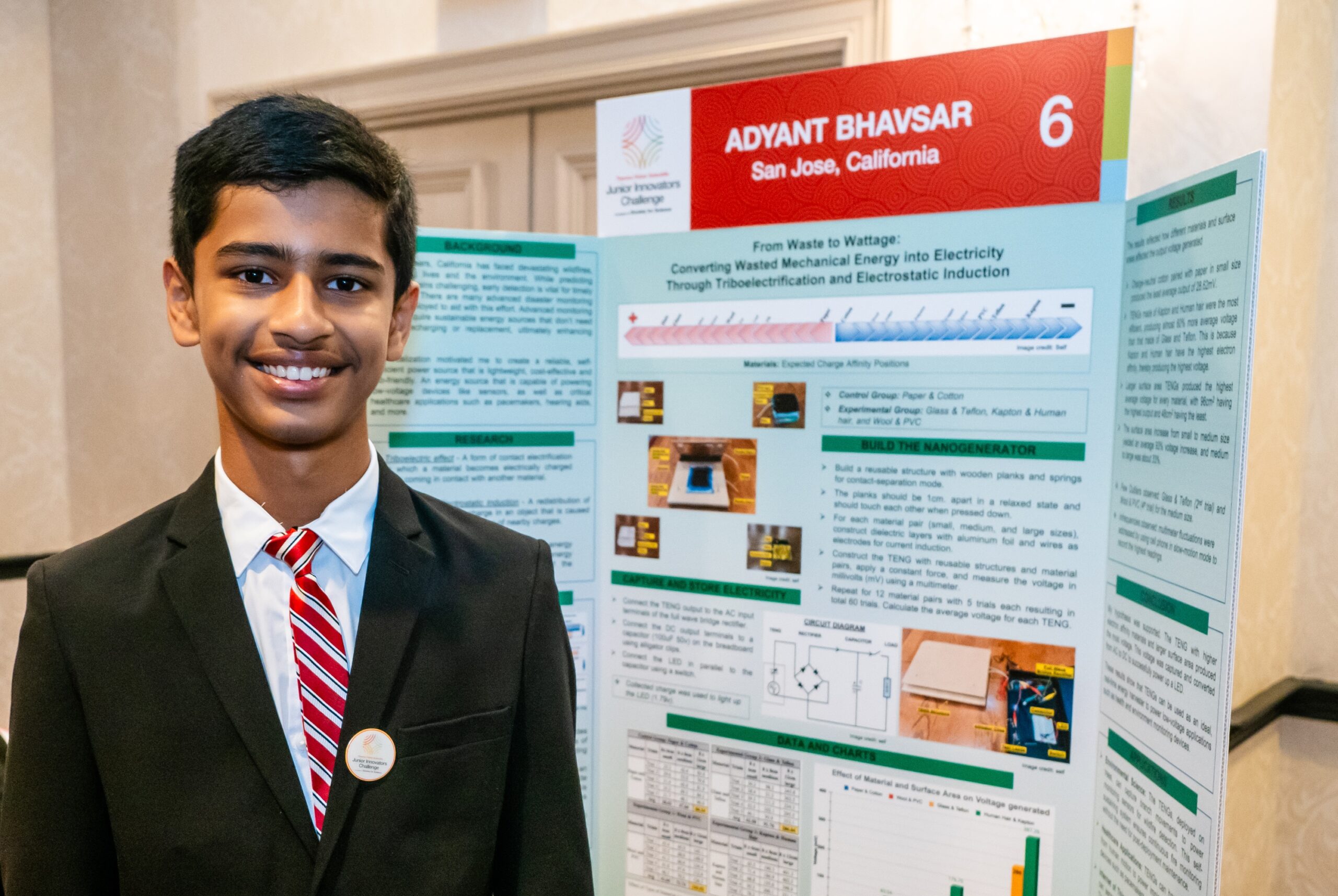
This student inventor uses an innovative renewable energy source to help monitor natural disasters.
As someone who has grown up in California, Adyant Bhavsar is well aware of the potential for natural disasters and the devastation they can cause. It hit even closer to home last summer, when his family got an alert to be ready to evacuate from a wildfire that was near their neighborhood.
The whole experience made him reflect on early detection for wildfires. The state has hundreds of cameras and sensors that monitor wildfires and other disasters — but, wondered Adyant, what if those systems ran out of power?
“This got me thinking,” he says, “that to increase the reliability, these devices would need a sustainable energy supply that does not need frequent recharging or replacing.”
A seventh grader at the Challenger School – Strawberry Park in San Jose, CA, Adyant is eyeing a career path as an environmental engineer. “I want to contribute my skills toward finding solutions for environmental challenges, such as deforestation and pollution,” he says.
He decided to follow his curiosity and began researching renewable energy sources for monitoring systems. When he first read about triboelectricity and electrostatic induction, he thought he could combine the two and build a reliable power source. Thus his idea of building a triboelectric nanogenerator was formed.
Triboelectric nanogenerators are made with two thin, touching objects. When these objects are separated, or when they slide against each other, electrons transfer between them and cause an electric charge.
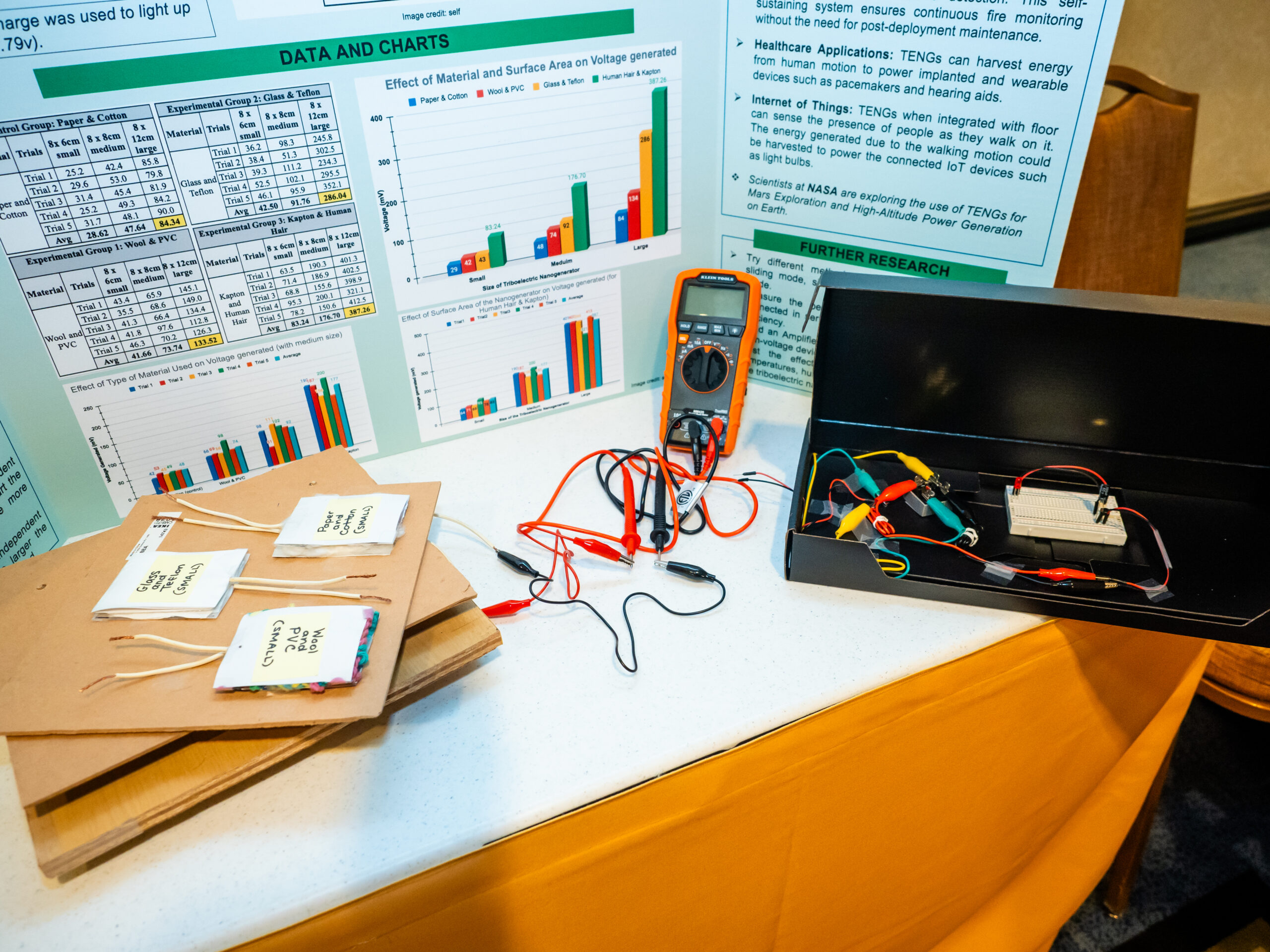
To build his own triboelectric nanogenerator, Adyant sandwiched together two wooden planks separated by springs. Each plank held layers of different options of material pairings connected to electrodes. Those material pairings included glass with Teflon, Kapton with human hair, wool with PVC, and paper with cotton. He found that Kapton, a film used in electronics, paired with human hair produced the most electricity, and increasing the surface area increased the electrical output.
“Triboelectric nanogenerators are a new concept, and that’s why I picked it for my project,” explains Adyant. “Because the data that I found in the correlation between certain materials and their properties could be useful to scientists if they’re looking towards finding that perfect pairing to optimize these generators.”
With the help of his teacher, he entered his local and regional science fair, advanced to the state fair, and then on to the Society for Science’s Thermo Fisher Scientific Junior Innovators Challenge as one of the top 300, and then top 30, finalists. In October, Adyant won the 2023 Lemelson Award for Invention as part of the Challenge.
He advises that believing in yourself and passion for your subject are important to overcome hurdles and failures in the invention process. “So my project did not go right the first time. It took a while and there were a lot of errors in building the generator, building a circuit, and connecting the two.”
But he describes his own eureka moment that made it all worthwhile — when he was able to light up an LED using electricity produced from his generator. “That was such an amazing moment for me because it showed that my invention could actually make an impact.”
His message for other young inventors?
“Just remember that you’re the next generation of scientists and brilliant engineers,” he says. “You are the ones who will be able to work together and help solve the problems of today, and create solutions for them to help humanity in the future.”

Important Disclaimer: The content on this page may include links to publicly available information from third-party organizations. In most cases, linked websites are not owned or controlled in any way by the Foundation, and the Foundation therefore has no involvement with the content on such sites. These sites may, however, contain additional information about the subject matter of this article. By clicking on any of the links contained herein, you agree to be directed to an external website, and you acknowledge and agree that the Foundation shall not be held responsible or accountable for any information contained on such site. Please note that the Foundation does not monitor any of the websites linked herein and does not review, endorse, or approve any information posted on any such sites.



